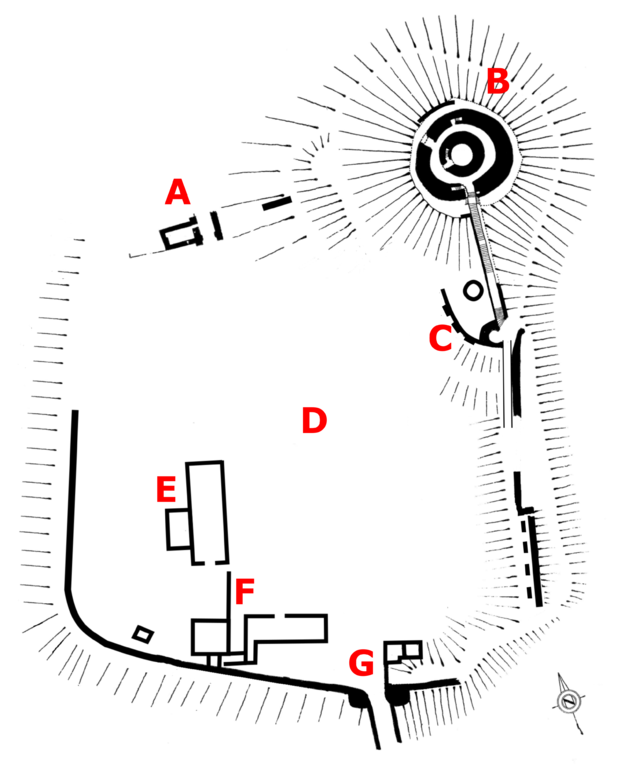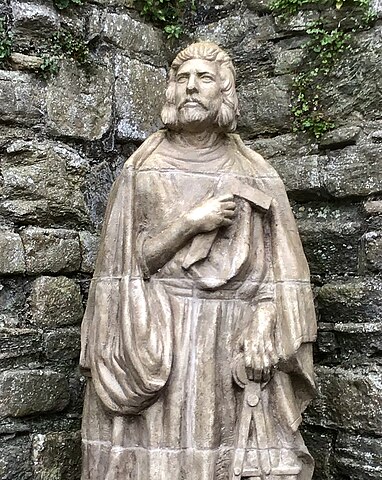The Welsh State, seeing a clear period of stability its patron cannot quite compare to, has lended its support in stabilizing the English lands. King Vortipor sees no reason to undermine those who ensured his rise, and of course the integrity of his people. Logistic issues from the plague have unfortunately delayed the relief efforts and required the Carnaveron governor's personal attention. All will be achieved in due time; Welsh plague handling has stood out as among the finest examples in the Isles despite its location so close to the nexus. Not untouched, yet not as dreary as many places. The relief effort, the recent loss and a necessary economic downturn to preserve quality of life has left state coffers stretched however; early enjoyed excesses, King Vortipor finds, are not to be taken for granted.
Onto the Scots,
https://cdn.discordapp.com/attachmen...cotland_96.sav









 Reply With Quote
Reply With Quote



























.svg)




















